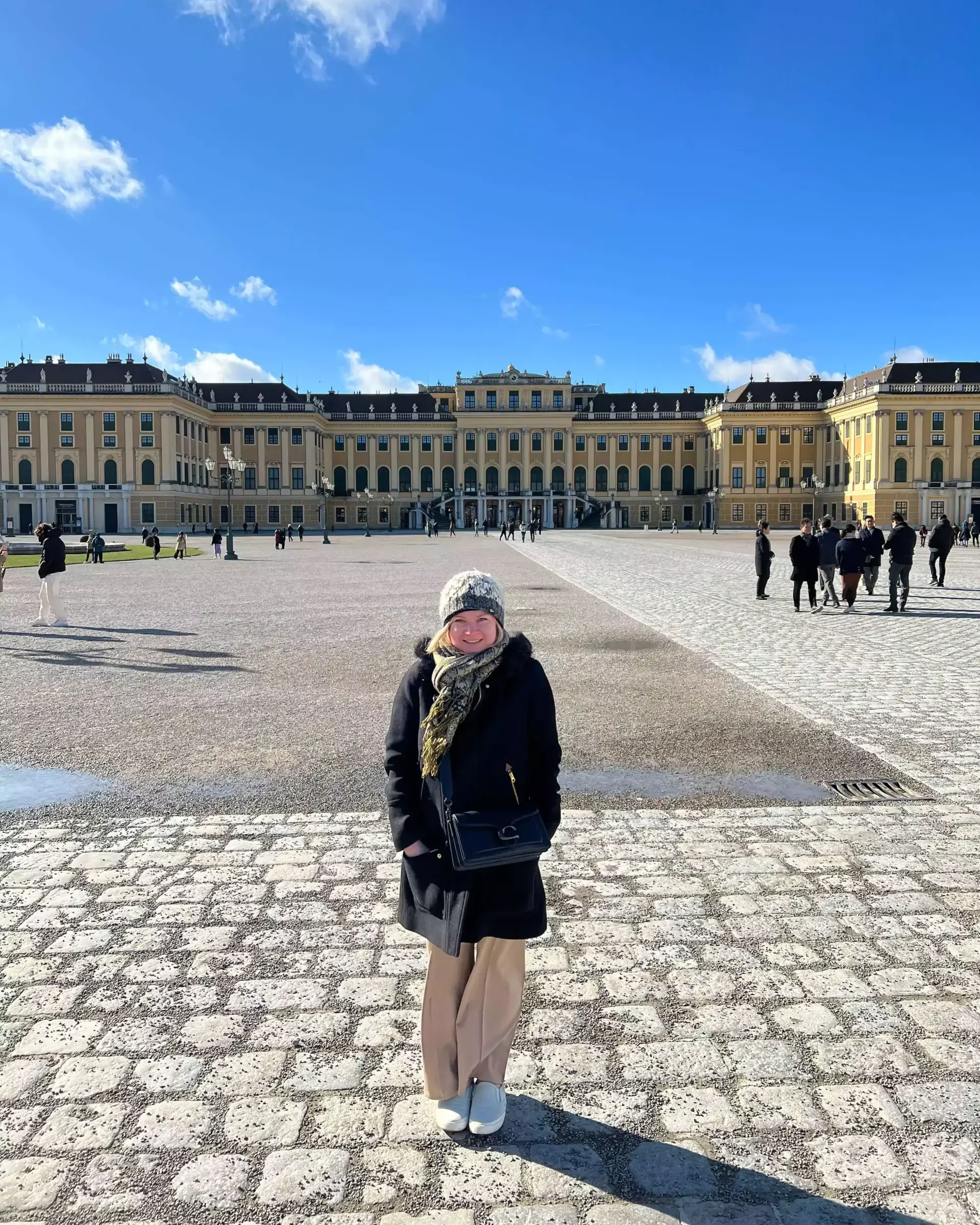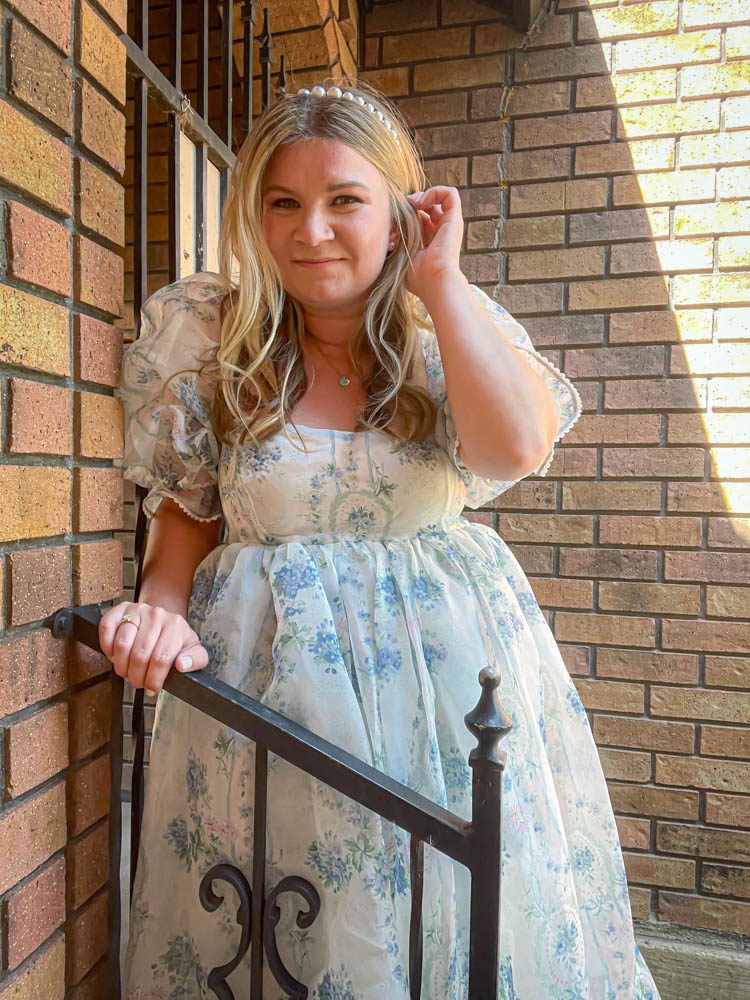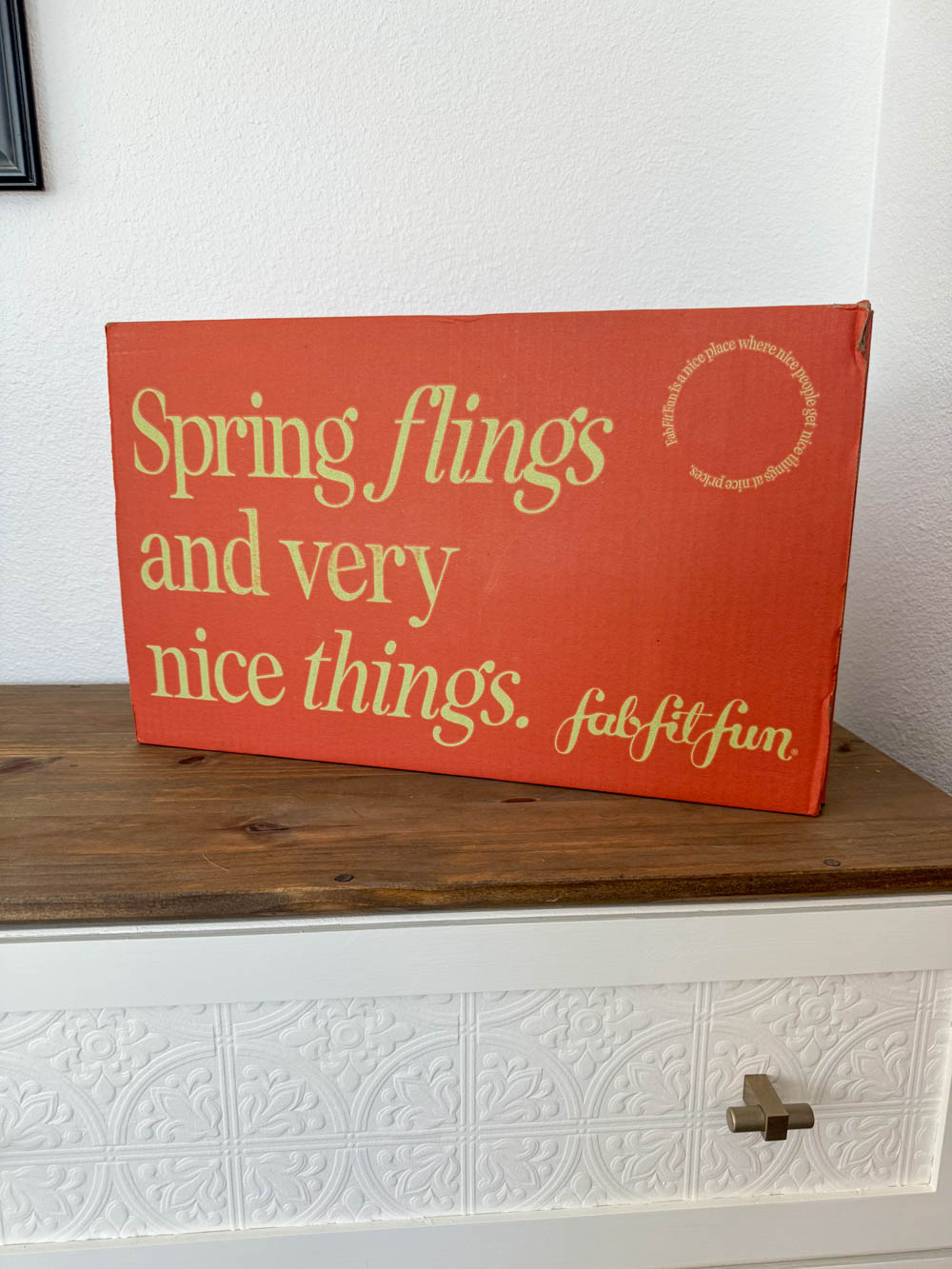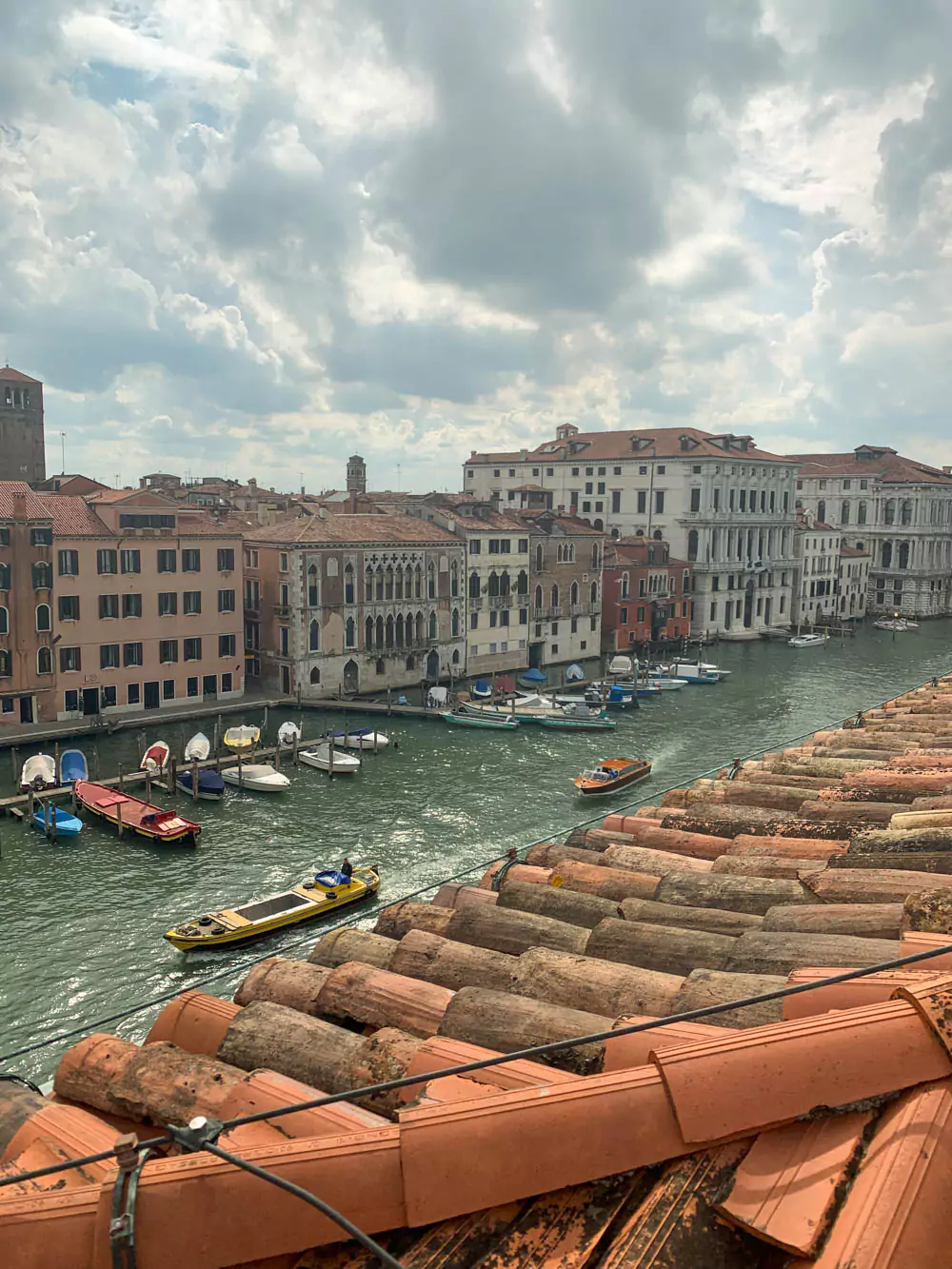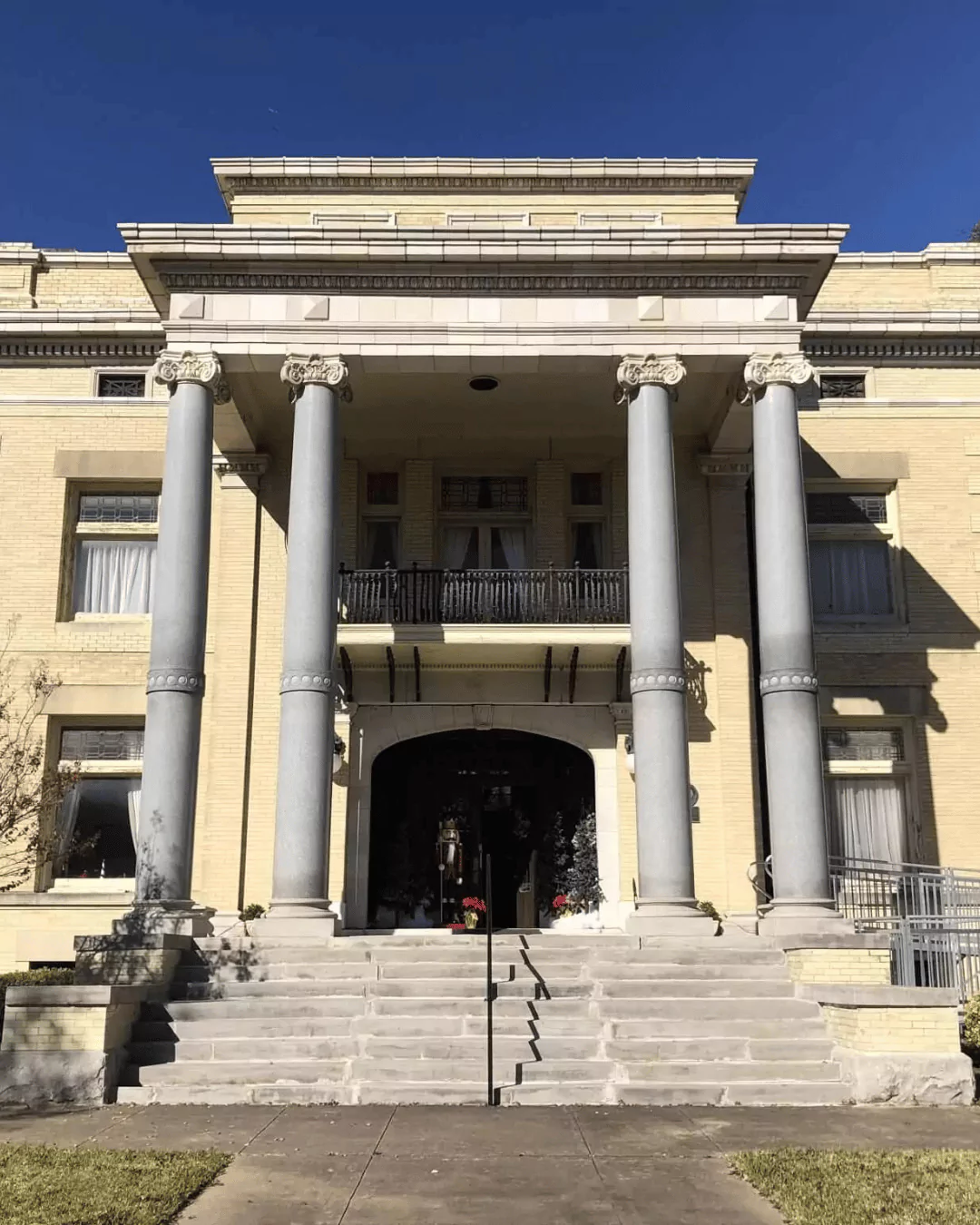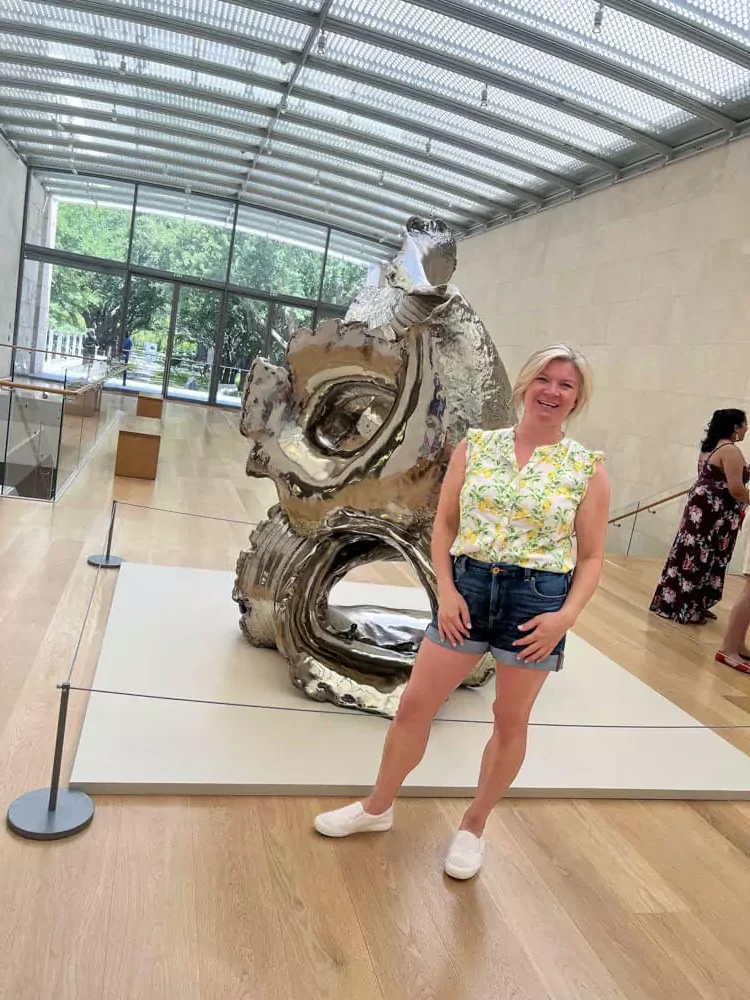Let’ embark on a majestic journey to Schloss Schönbrunn, an enchanting UNESCO World Heritage Site that captivates with its opulent history, grandeur, and exquisite beauty.
As we step into the world of emperors and empresses, get ready to be mesmerized by this imperial palace and its sprawling gardens. Let’s uncover the secrets of Schönbrunn, gather travel-friendly tips, and delve into the riches of Vienna’s cultural heritage.
What is Schloss Schönbrunn?
Schloss Schönbrunn, or Schonbrunn Palace, is the former summer residence in Vienna, Austria. It was built in the 18th century and is considered one of the most important cultural monuments in Austria.
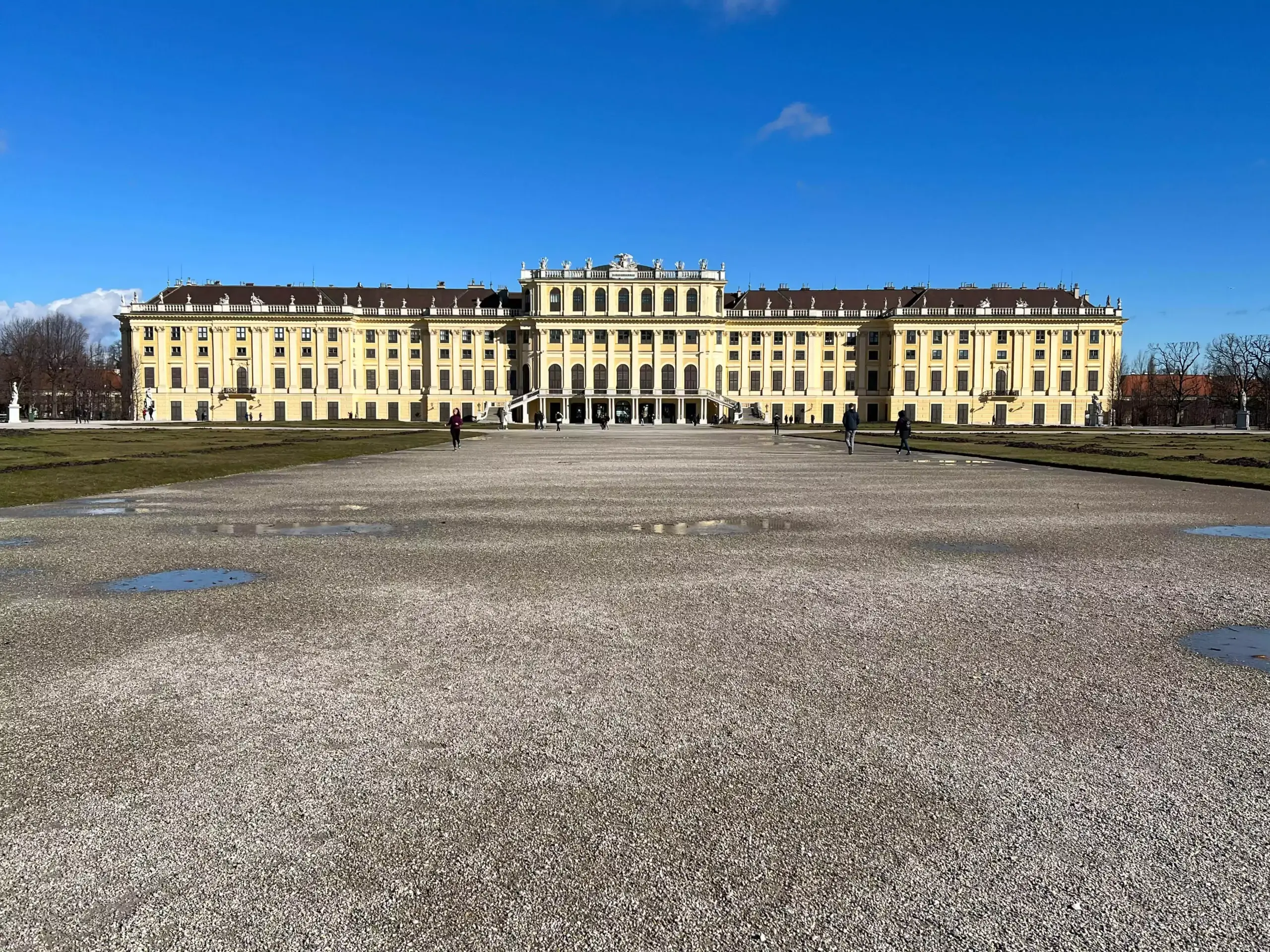
A Stroll through Imperial History
Prepare to be transported back in time as we step into the heart of Vienna’s imperial legacy. Schloss Schönbrunn was the summer residence of the Habsburg emperors, a testament to their opulence and grandeur. With its Baroque architecture and awe-inspiring interiors, every corner tells a tale of royalty and extravagance.
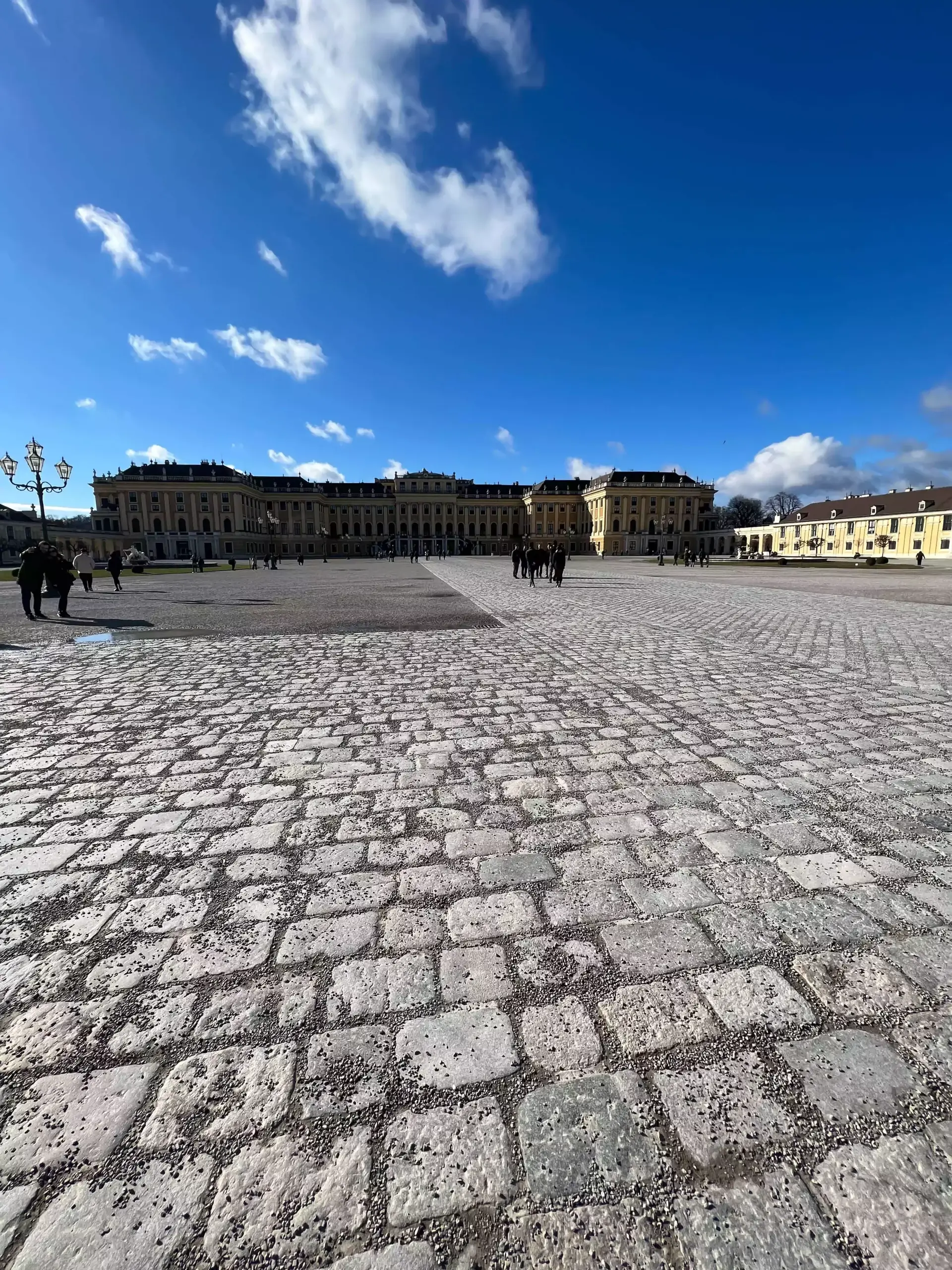 |
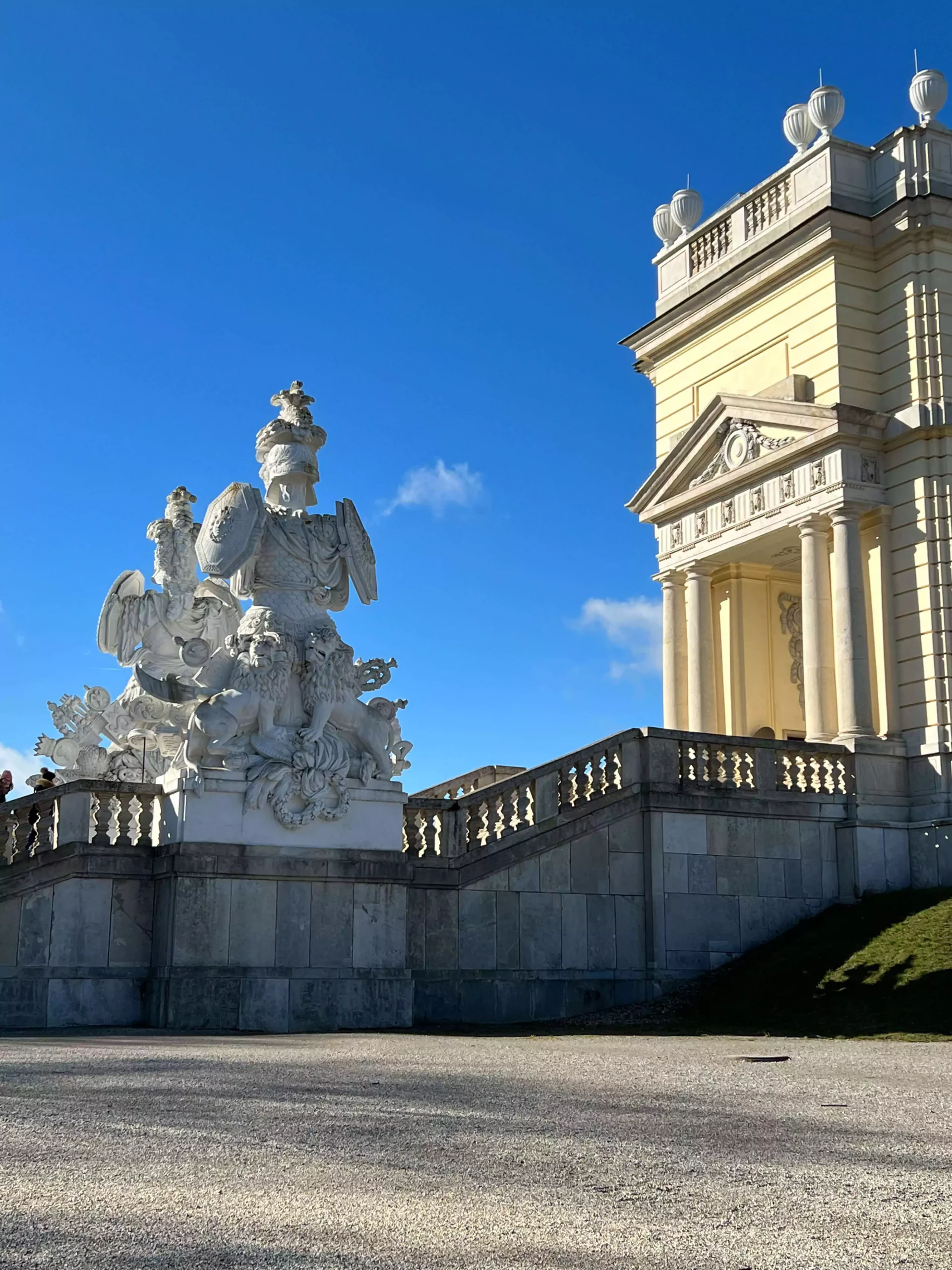 |
Exploring the Palace Grounds
- a. Palace Tour: Embark on an immersive journey through history as you explore the lavishly furnished rooms, including the magnificent State Rooms, the illustrious Hall of Mirrors, and the charming living quarters of Empress Maria Theresa.
- b. The Glorious Gardens: Don’t miss the exquisite gardens that surround the palace. Stroll through the meticulously manicured lawns, take in the fragrance of vibrant flowers, and bask in the beauty of the Neptune Fountain.
Schonbrunn Palace has over 1,400 rooms and was the residence of the Habsburg monarchs until the end of the monarchy in 1918. It’s famous for its Baroque architecture and extensive gardens. The park opened in 1779 and was placed together with the palace on the UNESCO list of World Heritage Sites in 1996. While roaming the park is free, there are exhibits that do require tickets for entrance such as the maze or the Orangery Garden.
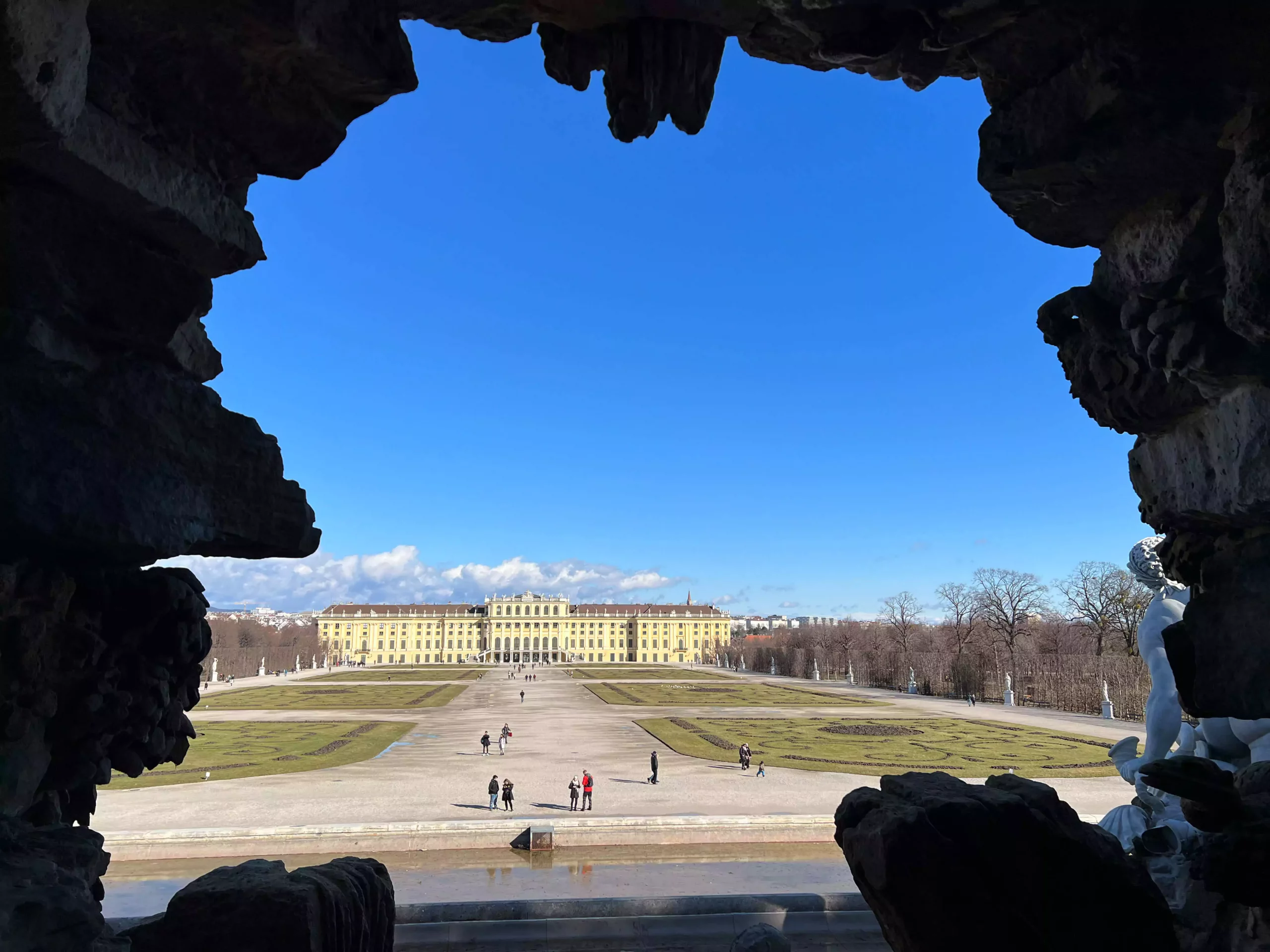
Travel-Friendly Tips
- a. Online Tickets: Beat the crowds and long lines by purchasing tickets online in advance. This ensures a smooth entry to the palace and reduces waiting time.
- b. Audio Guides: Enhance your visit with an audio guide that provides insightful stories and historical context as you explore the palace rooms.
- c. The Vienna Pass: If you plan to explore multiple attractions in Vienna, consider getting the Vienna Pass, which offers access to various sites, including Schloss Schönbrunn.
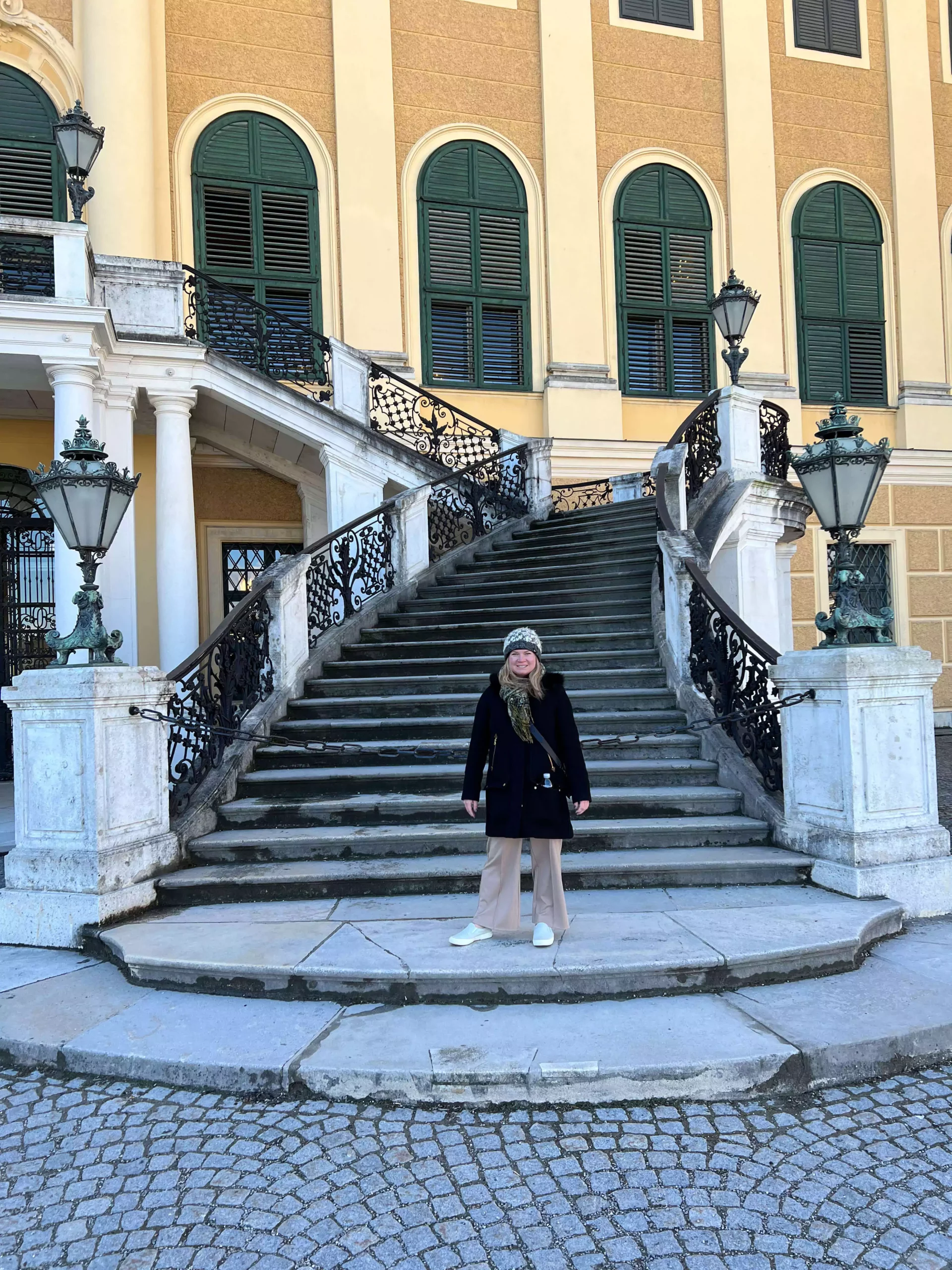 |
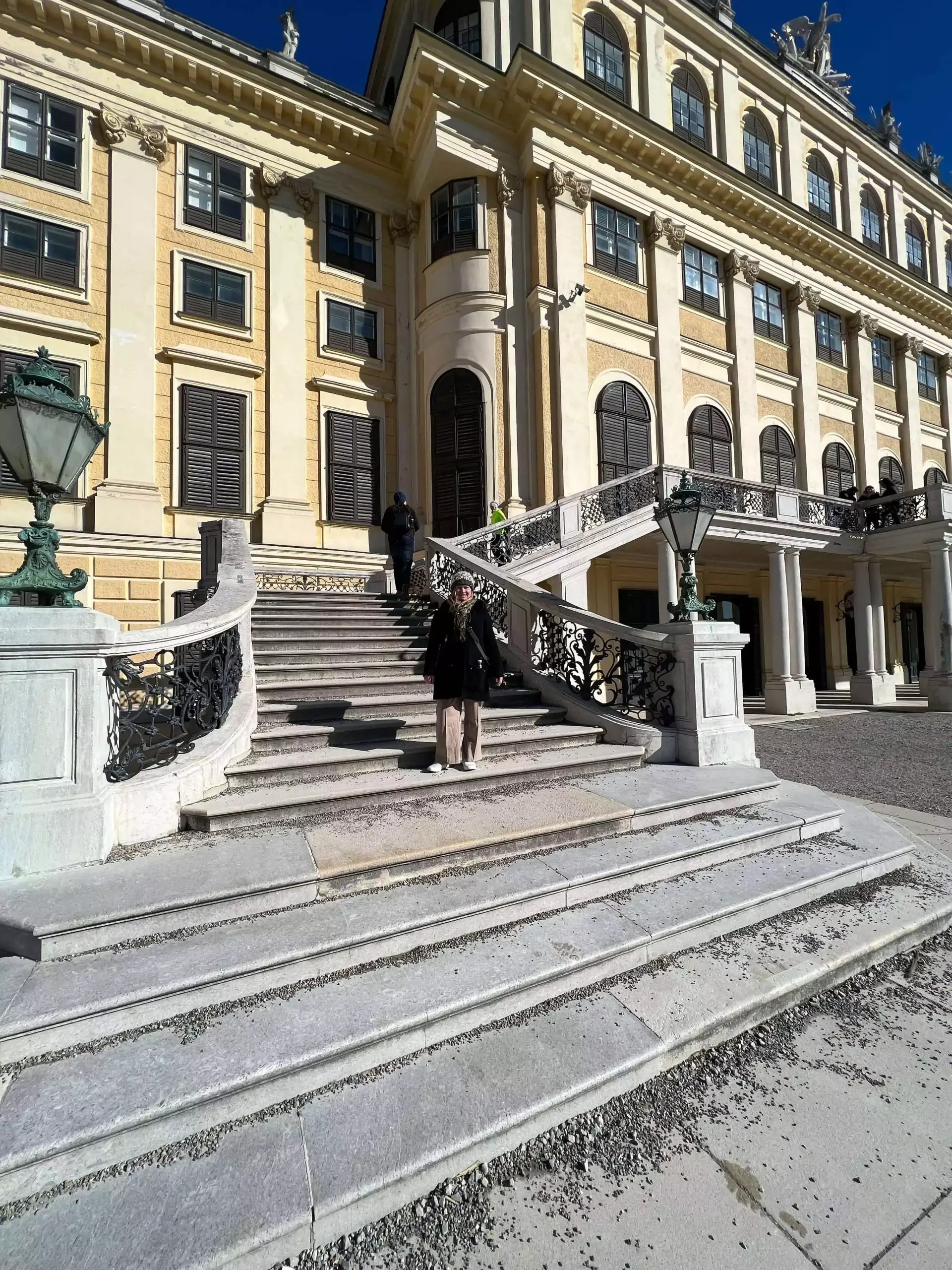 |
History
Schonbrunn Palace dates back to the fourteenth century and was, in 1693, commissioned as a grand hunting lodge from Leopold I and designed by the Baroque architect Johann Bernhard Fischer von Erlach. Though the palace displays many architectural styles from Gothic to Renaissance, Baroque and Rococo.
It has been the site of many important historical events, including the signing of the Treaty of Schonbrunn between France and Austria in 1809. It was also Marie Antoinette‘s childhood summer home.
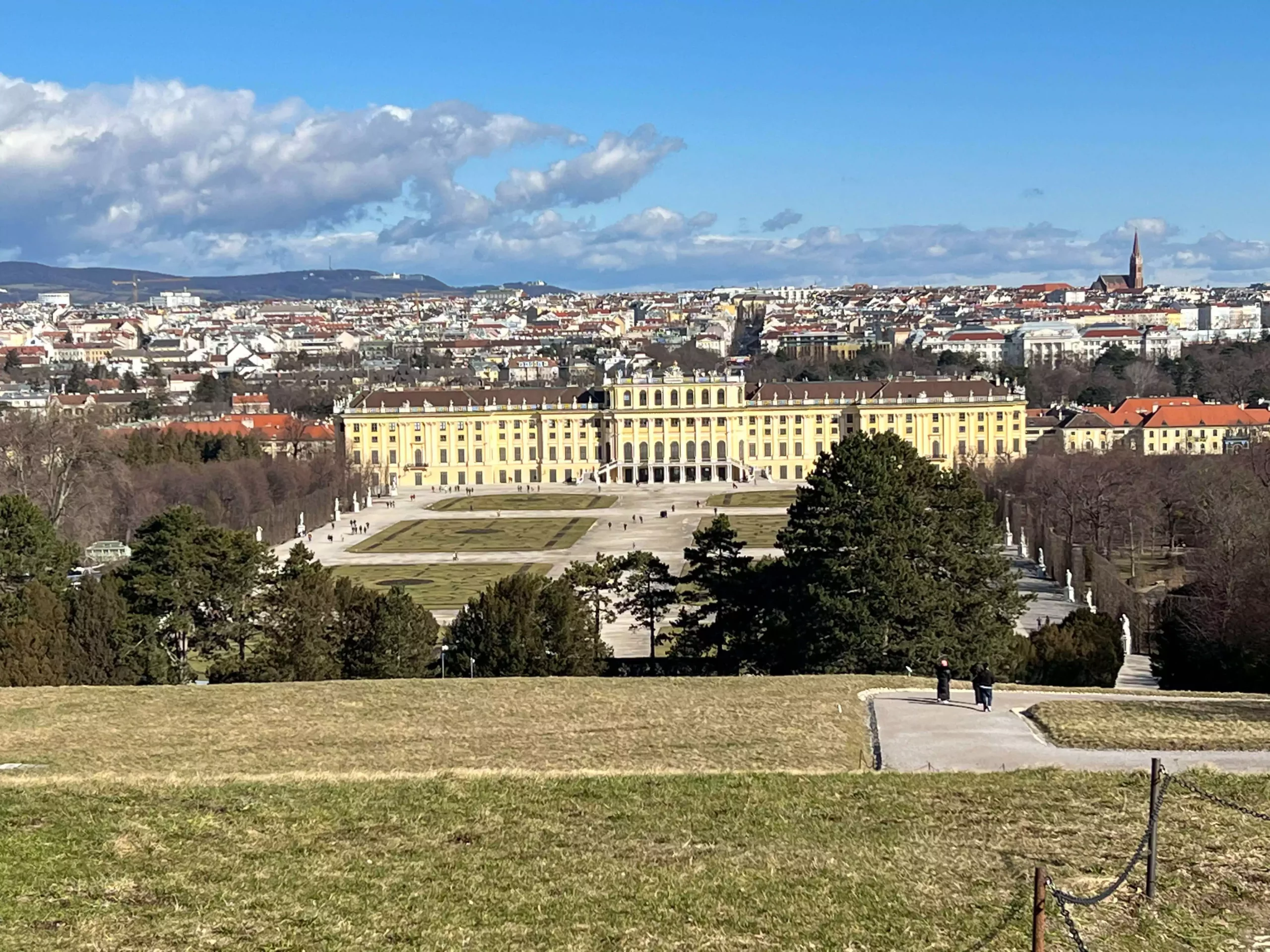
Gardens
The gardens of Schonbrunn Palace are an important part of the palace complex and cover an area of 1.2 square kilometers. They were designed in the 18th century and feature a mix of Baroque and English-style landscaping, with numerous fountains, statues, and monuments.
The gardens are divided into several sections, including the Great Parterre, the Privy Garden, the Maze Garden, and the Rose Garden. The Great Parterre is the central section of the gardens and features a large fountain, geometrically designed flower beds, and paths lined with hedges.
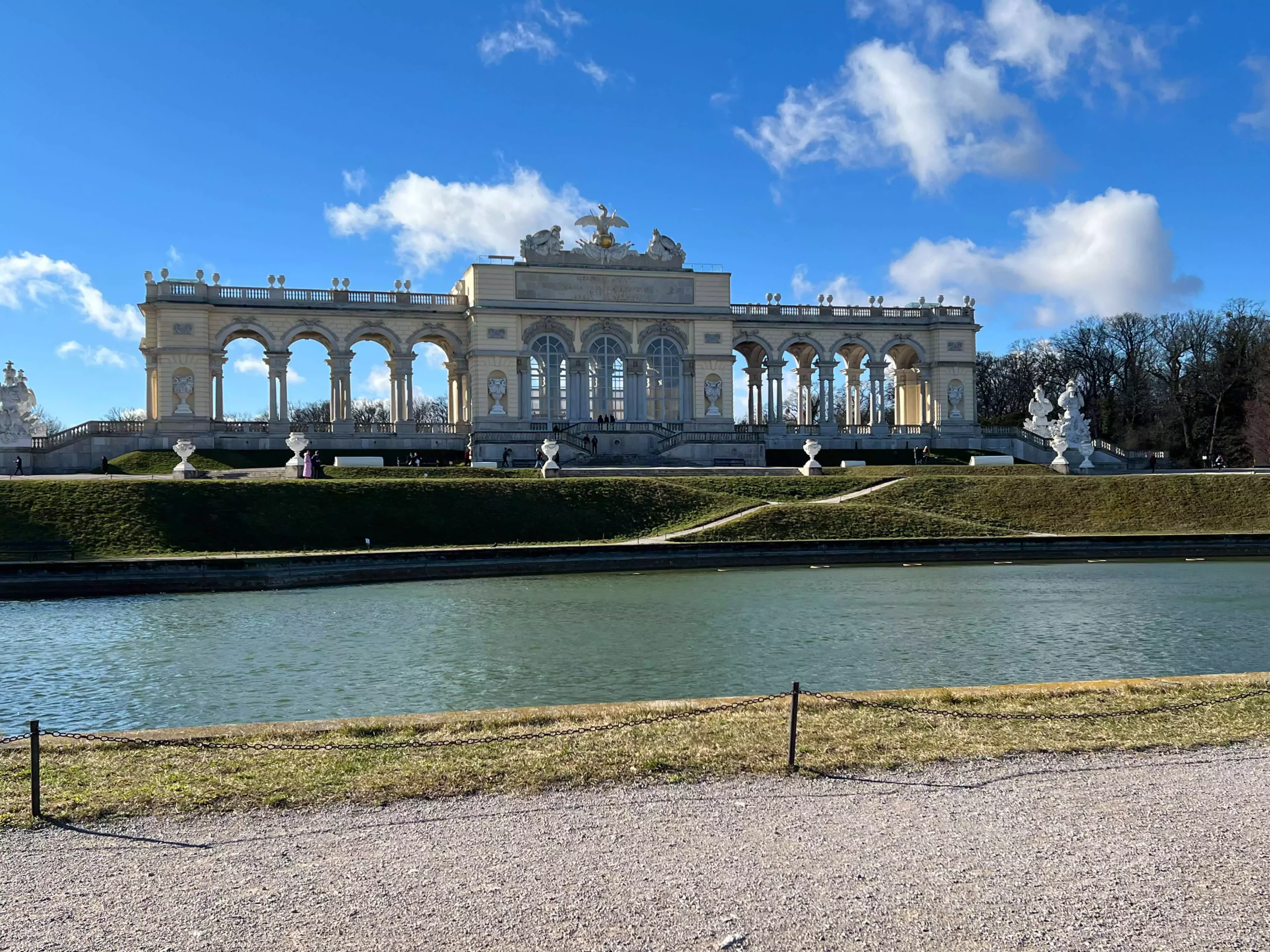
Gloriette
Fischer von Erlach’s designs had included a belvedere for Schönbrunn Hill intended as the crowning touch to the palatial Baroque ensemble, but it was not until Johann Ferdinand Hetzendorf von Hohenberg remodelled the park that this project was finally realized.
The Gloriette proved to have some of the most amazing views of the city. It is a beautiful structure. It overlooks the palace, and the Neptune Fountain, a statue of the Roman god of the sea surrounded by dolphins and other sea creatures. The hike is fairly steep, so make sure you’re wearing good walking shoes!
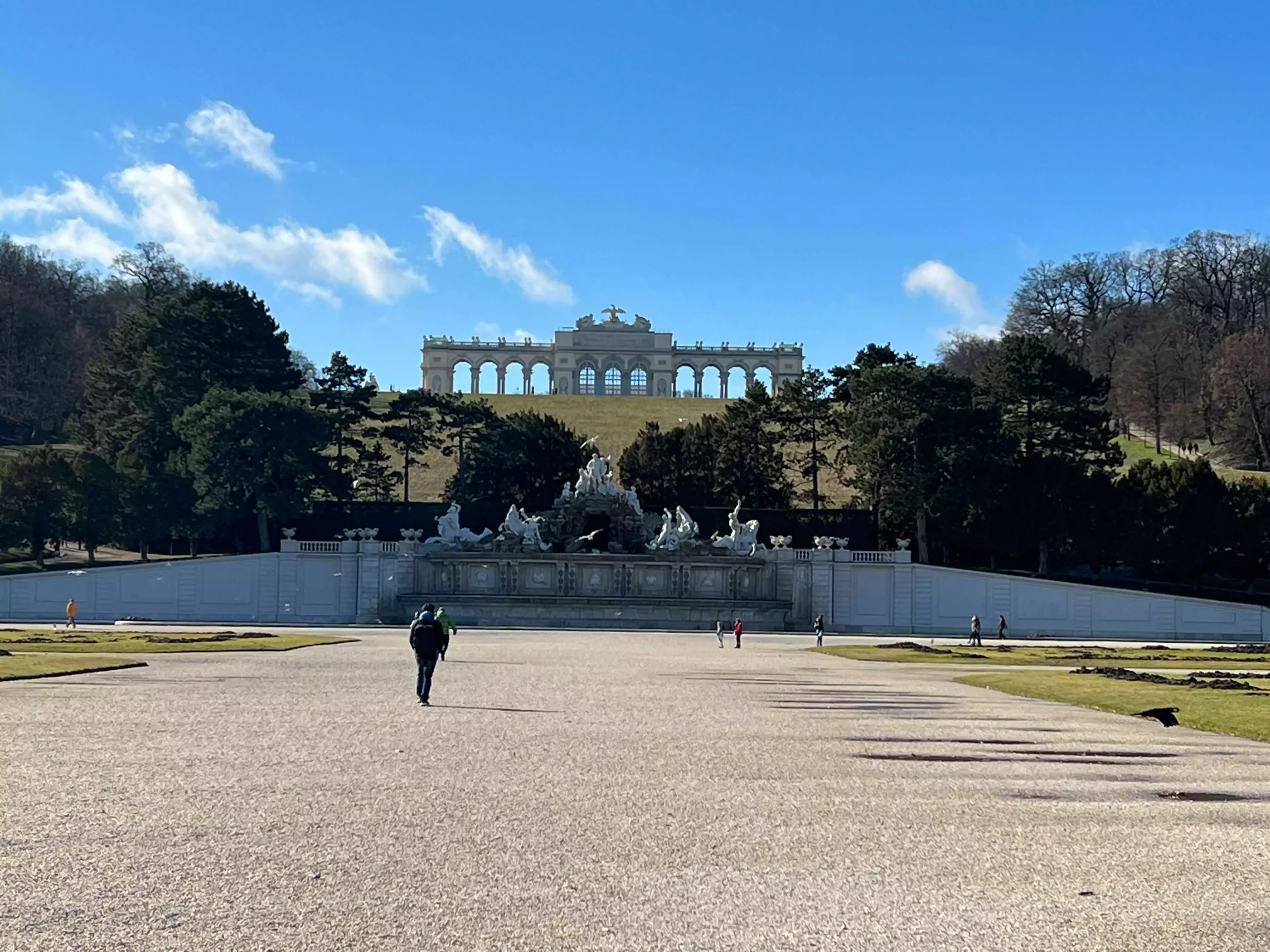
Fountains
Schonbrunn Palace has several fountains located in its extensive gardens, including the Great Parterre Fountain, the Neptune Fountain, the Obelisk Fountain, and the Roman Ruin Fountain.
During the summer, the fountains are often accompanied by music and light shows – an experience I hope to have in the future!
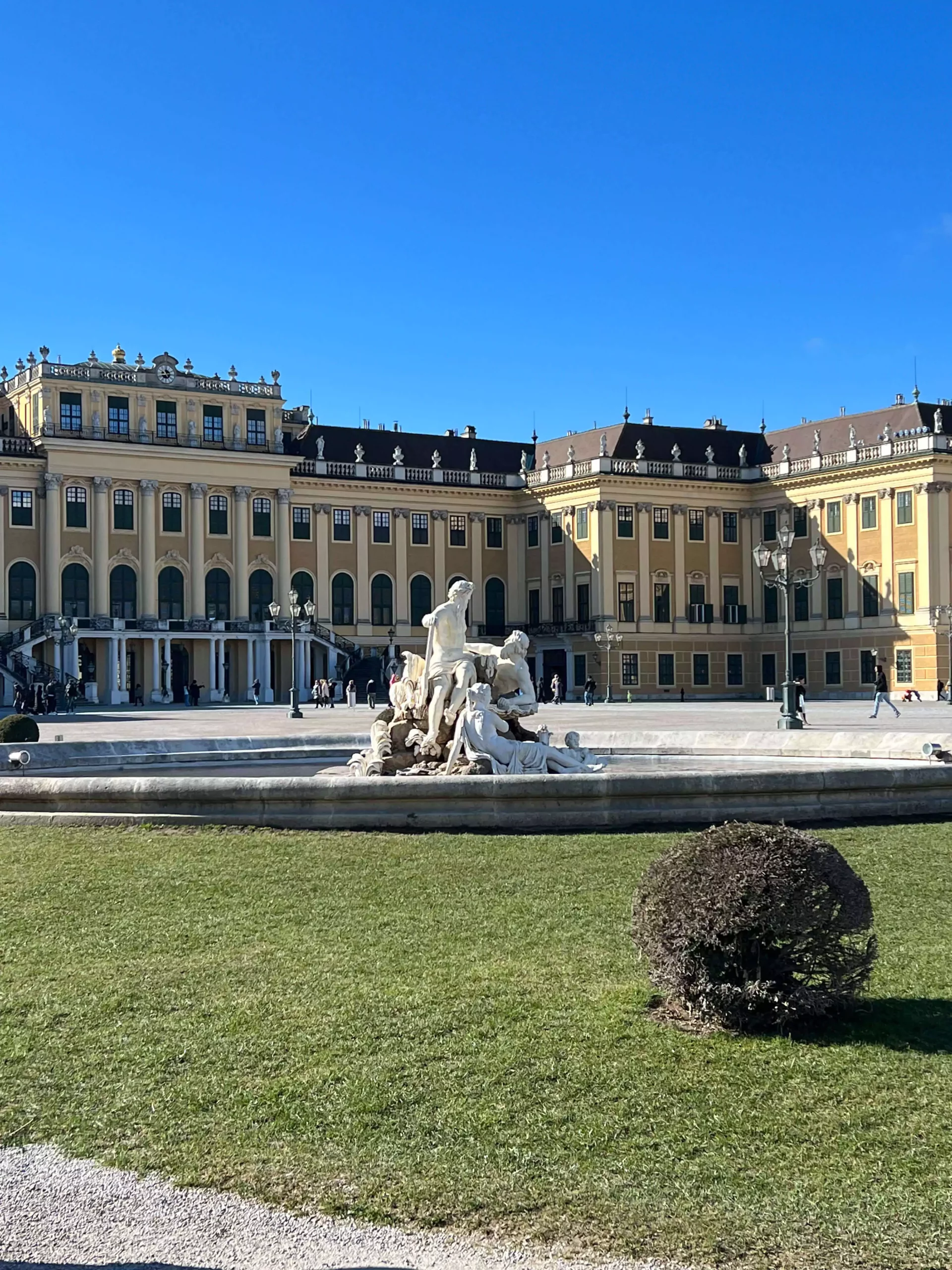 |
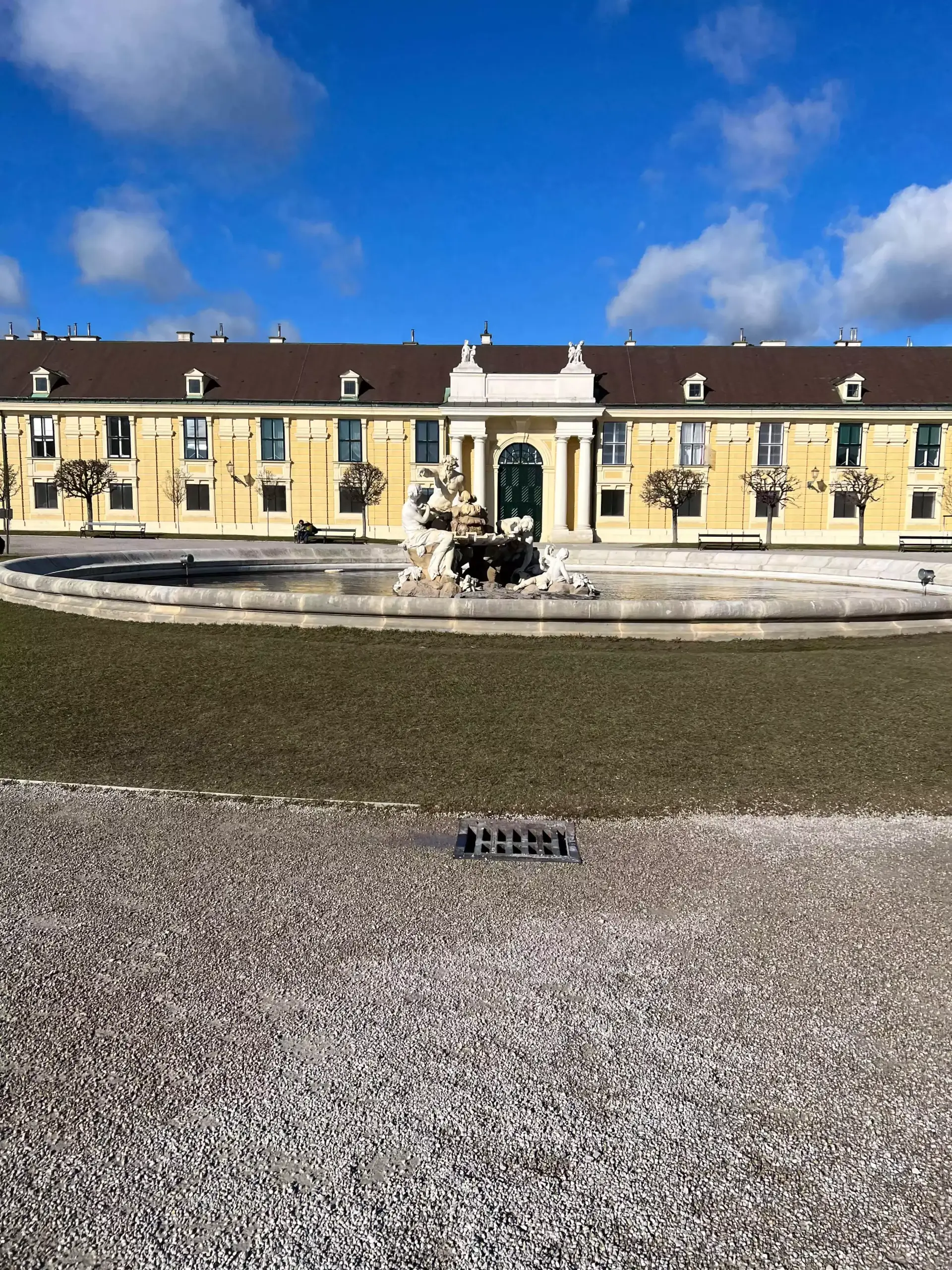 |
Parade Court Fountains
In the Parade Court the figural groups in the basins of the two fountains that can be seen in the veduta paintings by Bernardo Bellotto were replaced in 1776 with new sculptures that were originally intended for the Great Parterre. Executed by Johann Baptist Hagenauer, the statues in the eastern basin represent the kingdom of Galicia and Lodomeria.
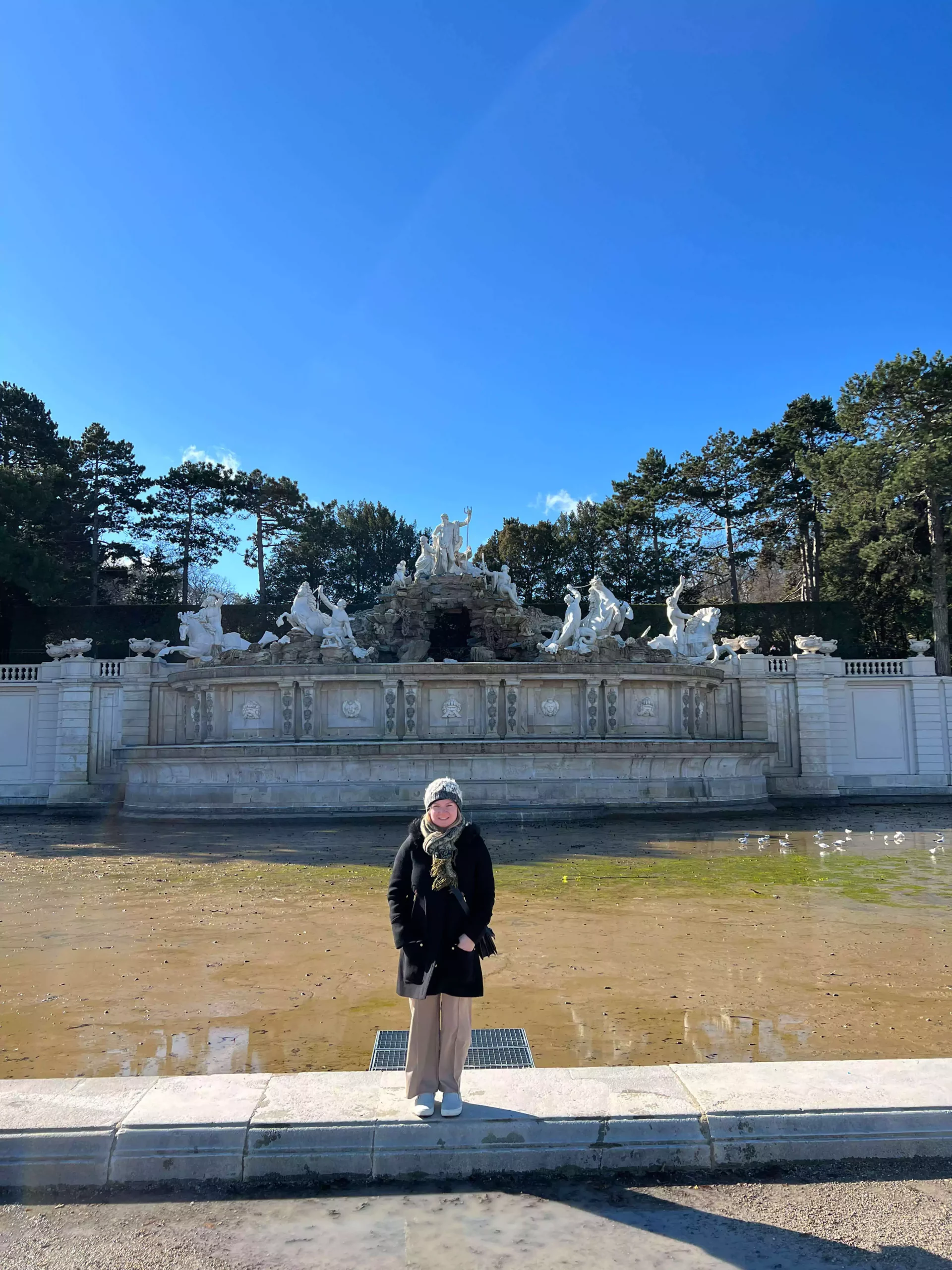
Neptune Fountain
The Neptune Fountain is located at the foot of the Gloriette hill and features a statue of Neptune, the god of the sea, surrounded by dolphins and other sea creatures. The fountain was designed by the architect Johann Ferdinand Hetzendorf von Hohenberg in the 18th century.
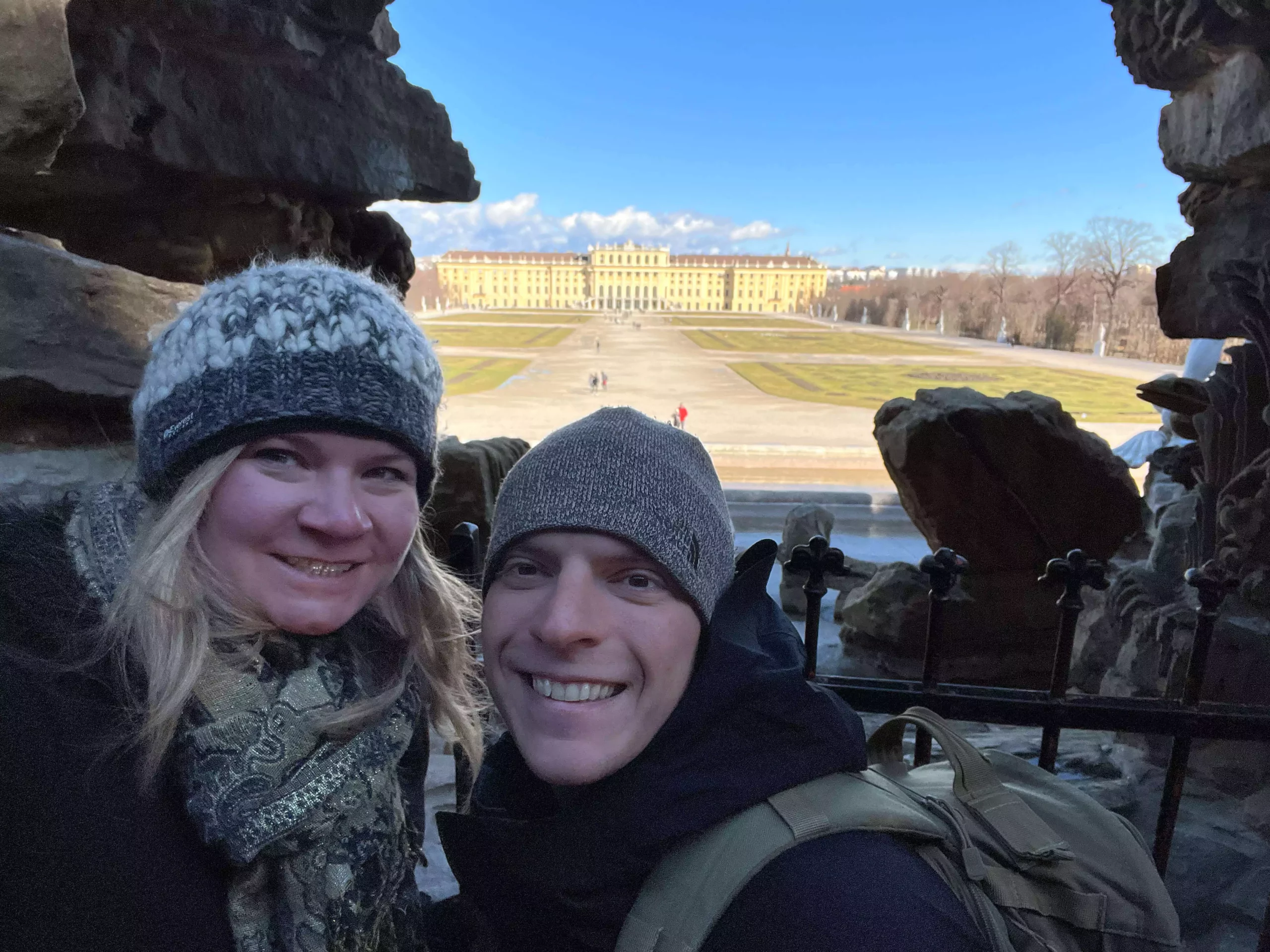
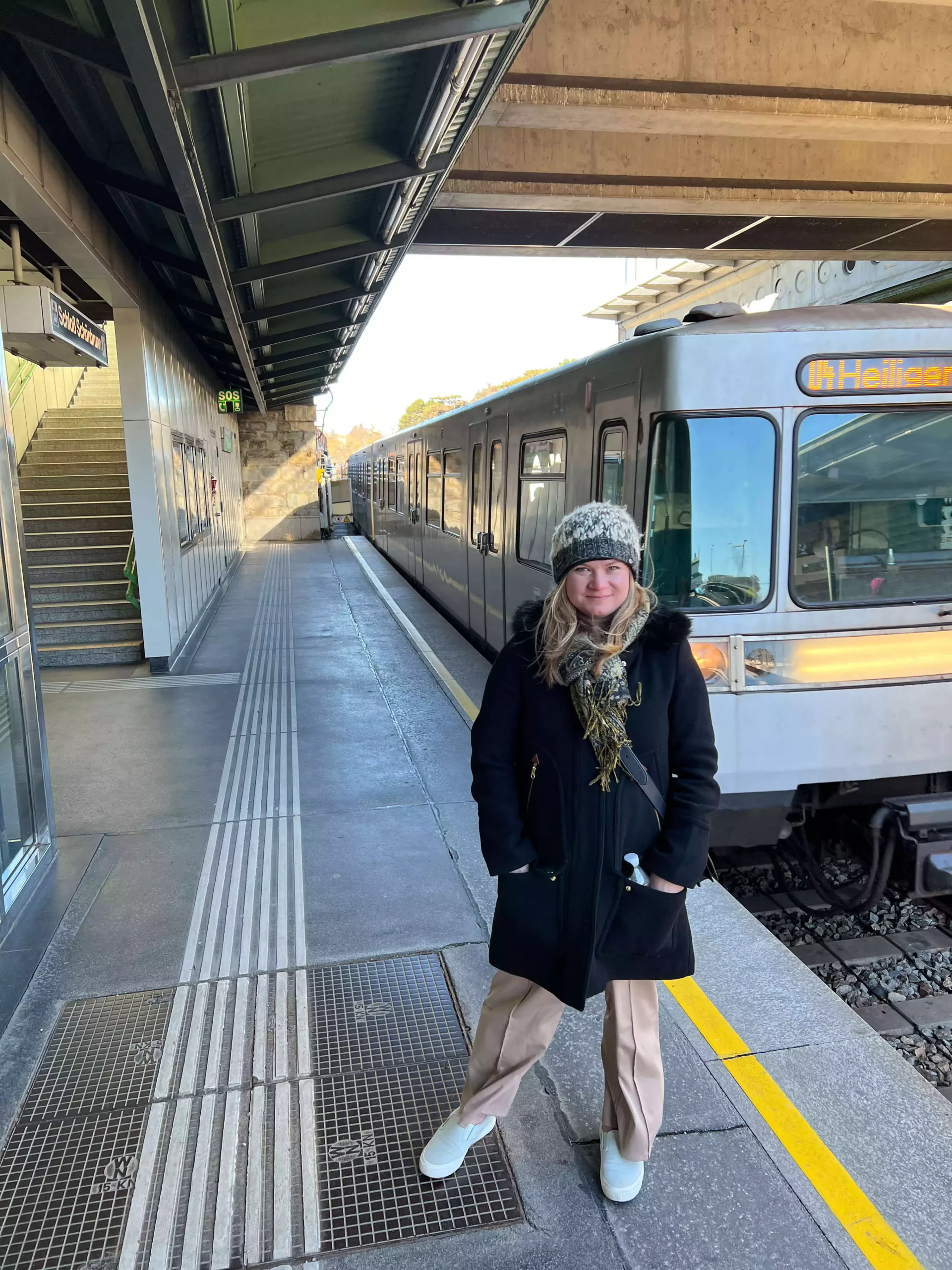 |
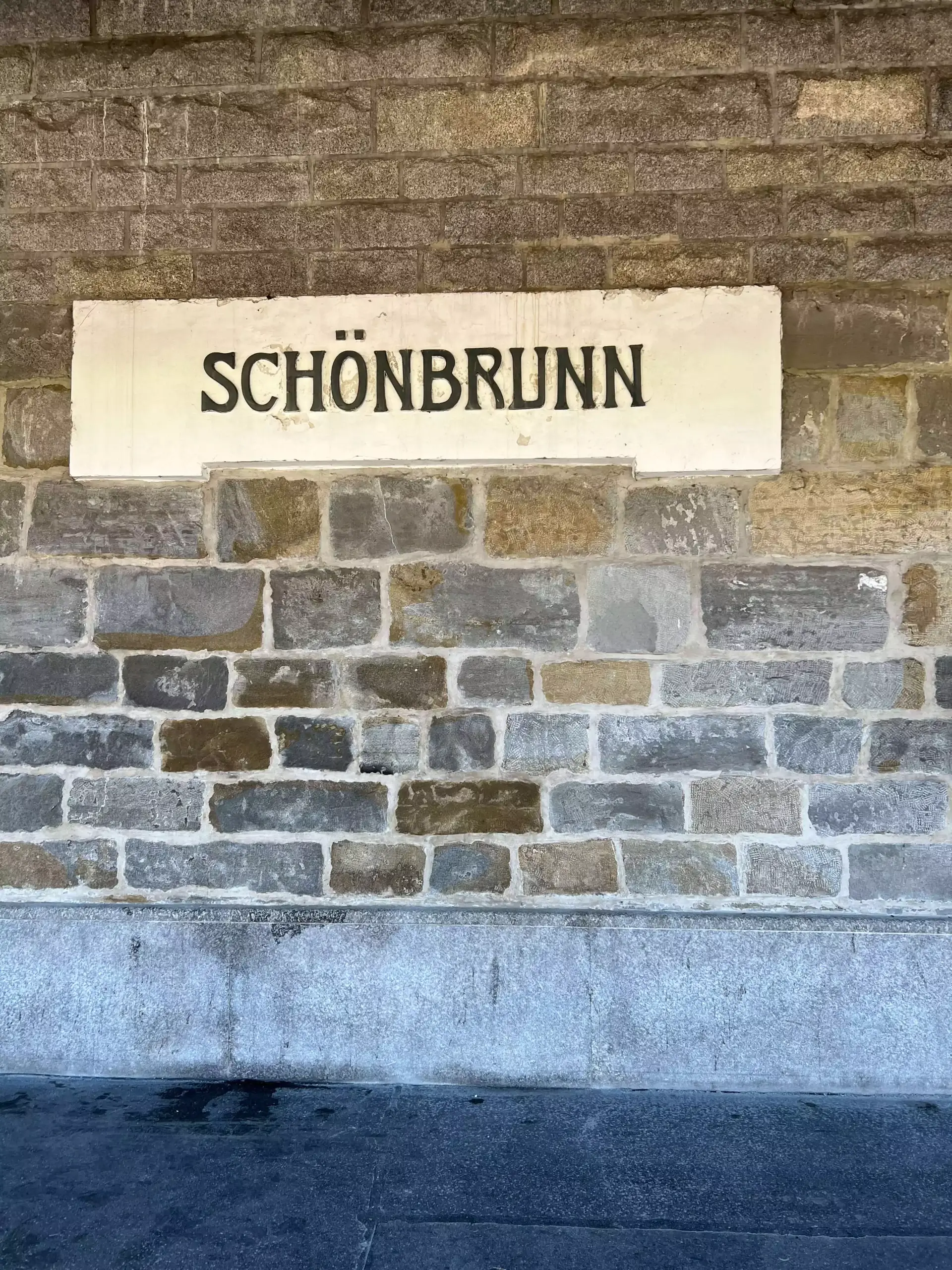
|
Getting from Wien Hauptbahnhof to Schloss Schönbrunn
There are several ways to get from Wien Hauptbahnhof to Schonbrunn Palace:
- By subway: You can take the U-Bahn line U1 (red line) towards Oberlaa and get off at the station “Karlsplatz”. There, you can transfer to the U-Bahn line U4 (green line) towards Hütteldorf and get off at the station “Schönbrunn”. The journey takes about 20 minutes and the subway runs every few minutes.
- By tram: You can take the tram line 18 towards Schlachthausgasse and get off at the station “Schönbrunn”. The journey takes about 25 minutes and the tram runs every few minutes.
- By taxi: Taxis are readily available outside the main entrance of Wien Hauptbahnhof. The journey takes about 15 minutes, depending on traffic.
- By bicycle: Vienna has a well-developed network of bicycle paths, and you can rent a bike at one of the many rental stations around the city. There is a bike path from Wien Hauptbahnhof to Schloss Schönbrunn that takes about 20-30 minutes, depending on your speed.
The train comes every 8 minutes and the ride is only 9 minutes (6 stops) and a short walk to the Palace. The gardens are open from 6.30 a.m. to 5.30 p.m. While you have to pay to see the inside of the palace, roaming around the garden is free.
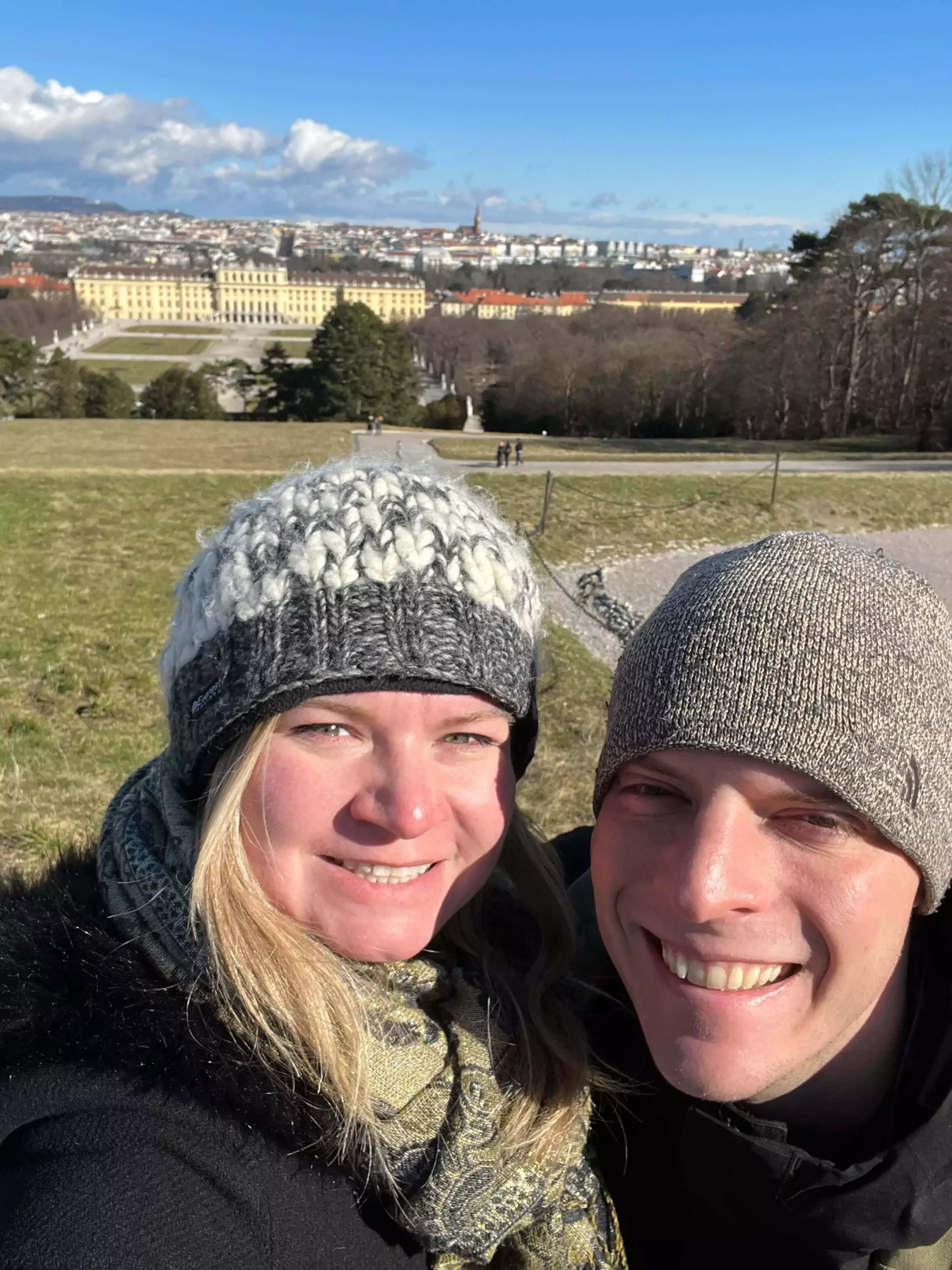
Dining Delights and Souvenirs
- a. Café Gloriette: Enjoy Viennese delicacies at Café Gloriette, located atop a hill with panoramic views of the palace and gardens.
- b. Souvenir Shops: Don’t forget to browse the souvenir shops for mementos and gifts to cherish the memories of your imperial journey.
Schonbrunn Palace Details
- Hours: Daily from 8:30 a.m. to 5:00 p.m.
- Address: Schönbrunner Schloßstraße 47 1130 Vienna
- Directions: Station Karlsplatz – take the westbound U4 (green) underground line and arrive at Schönbrunn
For more information on the opening times and different sections, you can visit, check out the official site.
If you want to see some more beautiful photos of Schloss Schonbrunn in the Fall, I’ve previously visited in 2013.
The Palace and Gardens of Schönbrunn are rightfully celebrated as a UNESCO World Heritage Site, exemplifying the grandeur of Austria’s imperial history and its magnificent architectural and natural beauty.
A visit to this extraordinary site offers a journey back in time to experience the lavish lifestyle of the Habsburg monarchs and enjoy the tranquility of the beautifully landscaped gardens. As one of Vienna’s most beloved attractions, Schönbrunn Palace continues to be a cherished destination, enchanting visitors with its rich history and breathtaking aesthetics.
Immerse yourself in the charm and magnificence of Schönbrunn, where a regal past meets the modern wonders of Vienna. Walk in the footsteps of royalty, soak in the splendor of the gardens, and revel in the cultural treasures that await you at this UNESCO masterpiece. Happy travels!
XOXO,
Katie
Don’t forget to follow me on Pinterest, Instagram or Facebook!
